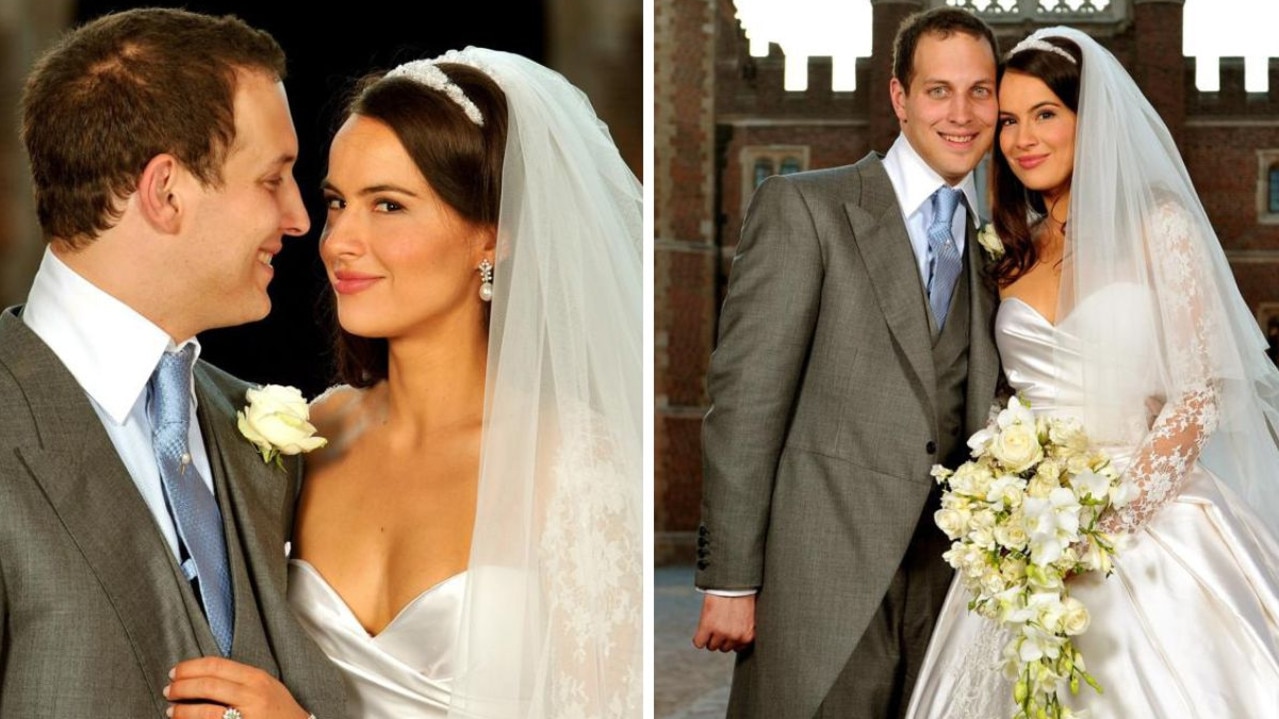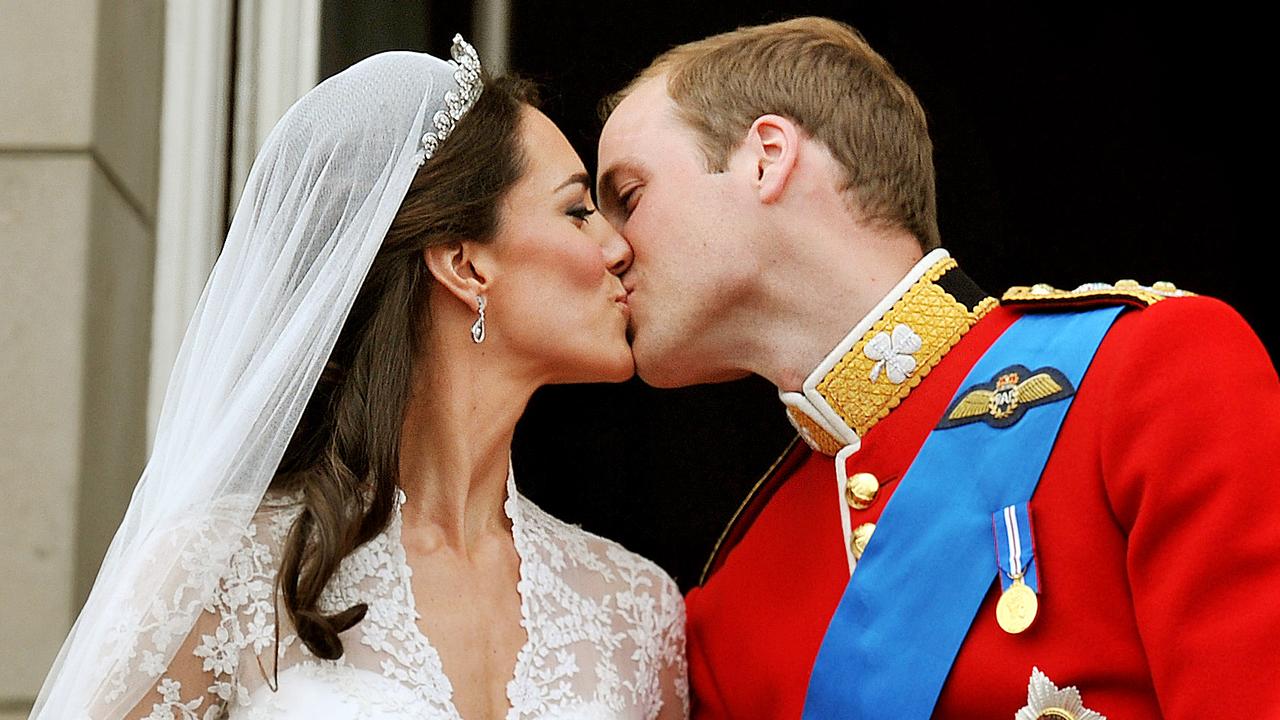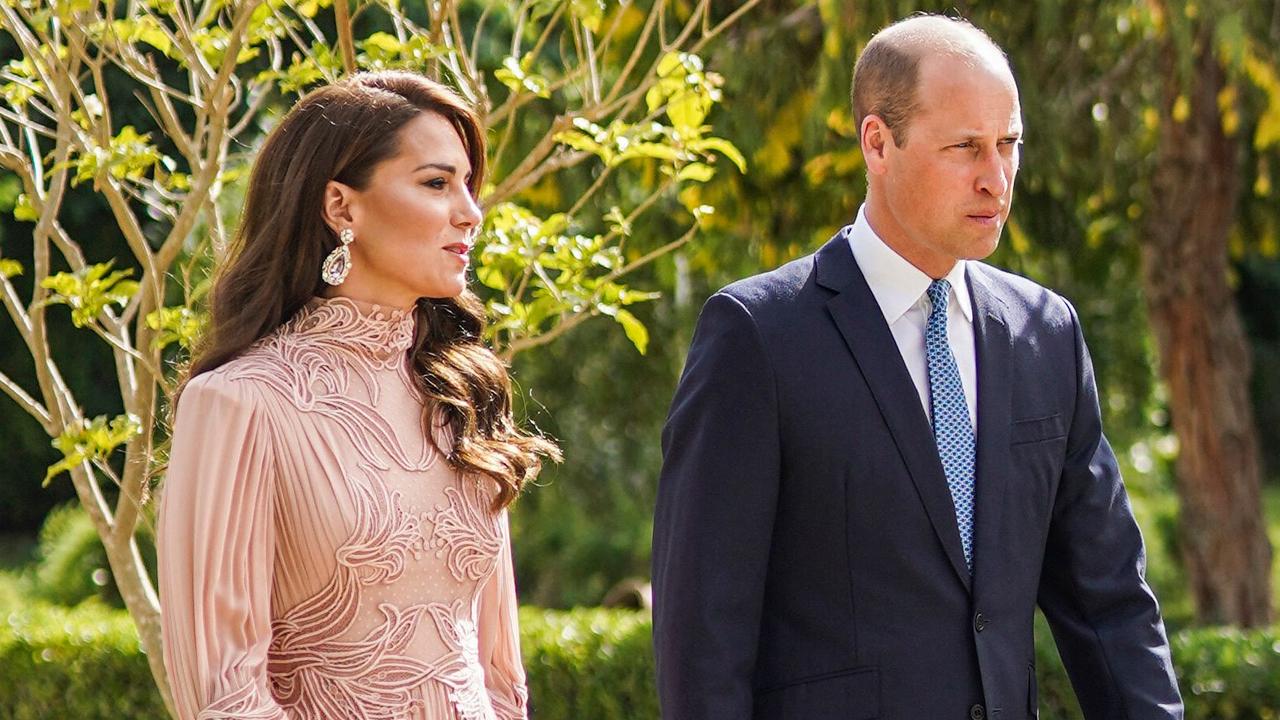Meghan’s bouquet laid on grave of the Unknown Warrior in tribute to war dead
MEGHAN Markle has followed a long-held royal custom and sent her bridal bouquet to Westminster Abbey, as part of a touching tribute.
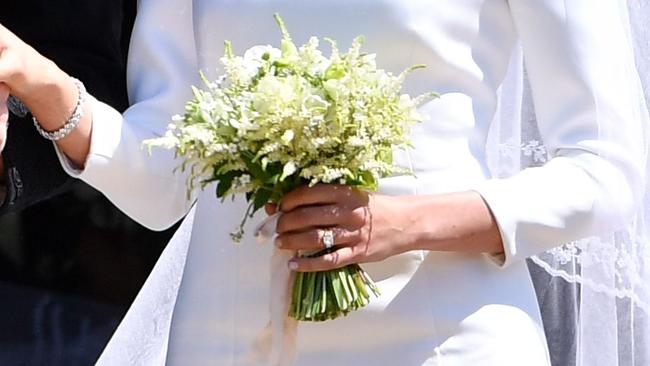
MEGHAN Markle’s royal wedding bouquet has been laid on the grave of the Unknown Warrior in a touching tribute to those who died in battle.
The resting place at Westminster Abbey holds the remains of a World War I soldier who has come to symbolise those who lost their lives in the conflict, reports The Sun.
Convention dictates that the day after royal weddings the floral tribute is sent to the Abbey once the official wedding pictures of the bride and groom have been taken.
Meghan’s bridal bouquet included flowers hand-picked by Prince Harry and contains scented sweet peas, as well as jasmine and lily of the valley.
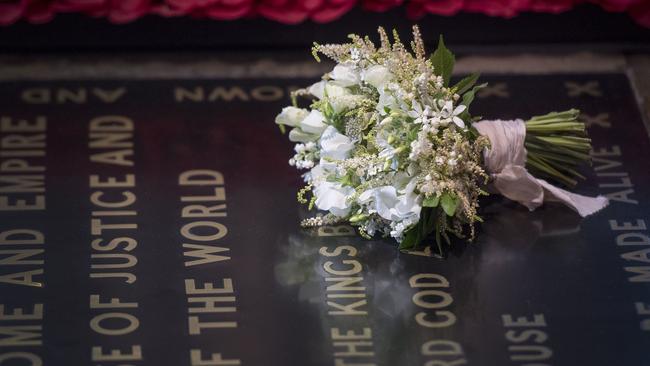
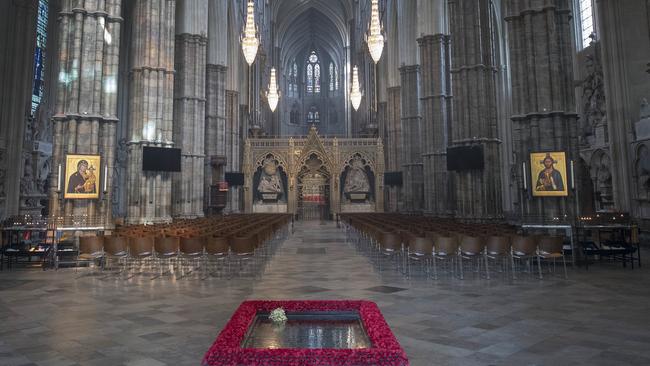
A day after their magnificent wedding, the newly titled Duchess of Sussex’s posy was placed at the bottom of the grave, wrapped in its raw silk ribbon.
The late Queen Mother began the longstanding tradition in 1923 when her posy was left at the grave following her wedding to the Duke of York, later King George VI.
She left the flowers in memory of her brother Fergus, who was killed in 1915 during the war.
The newlyweds remembered Prince Harry’s mum, the late Diana, Princess of Wales, at their wedding by also selecting forget-me-nots, her favourite flower, for the bouquet.
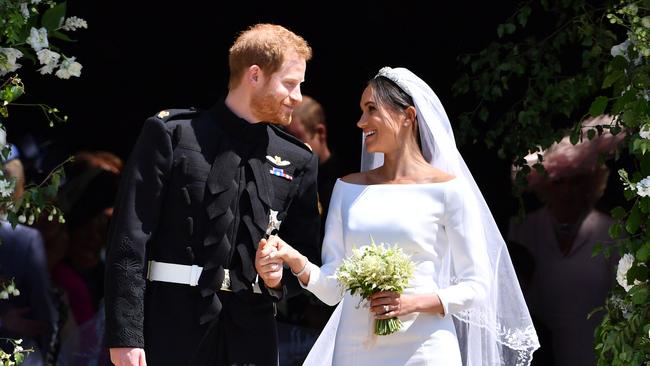
Another royal tradition was the inclusion in the bouquet of myrtle sprigs. The myrtle tradition began when Princess Victoria, the eldest daughter of Queen Victoria, carried the flowers at her wedding in 1858.
Sprigs for Meghan’s bouquet were cut from both a plant at Osborne House on the Isle of Wight — the former royal residence of Queen Victoria — as well as from a plant grown from the myrtle in Queen Elizabeth’s wedding bouquet in 1947.
The Unknown Warrior’s body was brought from France and buried on Armistice Day, November 11, 1920.
It is thought the idea came from the Rev David Railton, who had served as a chaplain on the Western Front. The site is now one of the most visited war graves in the world.
This story originally appeared in The Sun and is republished here with permission.

